Growth in Surgical Procedures
The Medical Nitrile Gloves Market is witnessing growth due to the increasing number of surgical procedures performed worldwide. As surgical interventions become more common, the demand for high-quality protective gear, including nitrile gloves, is on the rise. Data suggests that the number of surgical procedures is expected to grow by approximately 3% annually, driven by factors such as an aging population and advancements in surgical techniques. This trend necessitates the use of reliable and durable gloves to ensure the safety of both patients and healthcare professionals. Consequently, the Medical Nitrile Gloves Market is likely to benefit from this surge in surgical activities, as healthcare facilities prioritize the procurement of nitrile gloves to meet the demands of their surgical teams.
Increasing Healthcare Expenditure
The Medical Nitrile Gloves Market is experiencing growth due to rising healthcare expenditure across various regions. Governments and private sectors are investing significantly in healthcare infrastructure, which includes the procurement of medical supplies such as nitrile gloves. According to recent data, healthcare spending is projected to increase by approximately 5% annually, leading to a higher demand for protective equipment. This trend is particularly evident in emerging economies, where healthcare systems are expanding rapidly. As hospitals and clinics enhance their services, the need for high-quality medical nitrile gloves becomes paramount. This increased expenditure not only supports the growth of the Medical Nitrile Gloves Market but also encourages innovation in glove manufacturing, ensuring that healthcare professionals have access to the best protective gear available.
Regulatory Standards and Compliance
The Medical Nitrile Gloves Market is shaped by stringent regulatory standards and compliance requirements imposed by health authorities. These regulations ensure that medical gloves meet specific safety and quality criteria, which in turn drives manufacturers to innovate and improve their products. Compliance with standards such as ASTM and ISO is essential for market entry, and this has led to an increase in the production of high-quality nitrile gloves. As regulatory bodies continue to enforce these standards, manufacturers are compelled to invest in advanced technologies and materials, thereby enhancing the overall quality of nitrile gloves. This focus on compliance not only benefits the Medical Nitrile Gloves Market but also assures healthcare providers of the reliability and safety of the products they use.
Rising Awareness of Infection Control
The Medical Nitrile Gloves Market is significantly influenced by the rising awareness of infection control practices among healthcare professionals and patients alike. As the understanding of the importance of hygiene and safety in medical settings grows, the demand for nitrile gloves is expected to rise. Studies indicate that the use of nitrile gloves can reduce the risk of cross-contamination and healthcare-associated infections. Consequently, healthcare facilities are increasingly adopting nitrile gloves as a standard practice. This heightened awareness is not limited to hospitals; it extends to outpatient clinics, dental offices, and even home healthcare settings. The emphasis on infection control is likely to drive the Medical Nitrile Gloves Market forward, as more institutions prioritize the safety of both patients and healthcare workers.
Emergence of E-commerce in Medical Supplies
The Medical Nitrile Gloves Market is being transformed by the emergence of e-commerce platforms that facilitate the distribution of medical supplies. The convenience of online purchasing has made it easier for healthcare providers to access nitrile gloves and other essential products. E-commerce is expected to grow at a rapid pace, with projections indicating a potential increase of 20% in online sales of medical supplies over the next few years. This shift not only broadens the market reach for manufacturers but also enhances competition, leading to better pricing and product availability. As more healthcare facilities turn to online platforms for their procurement needs, the Medical Nitrile Gloves Market is likely to see a significant boost in sales and market penetration.


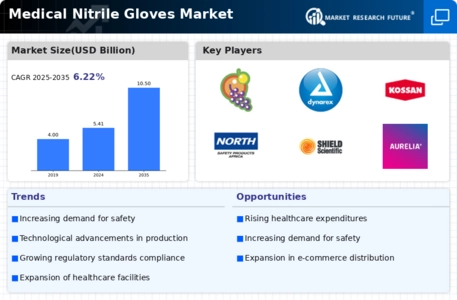
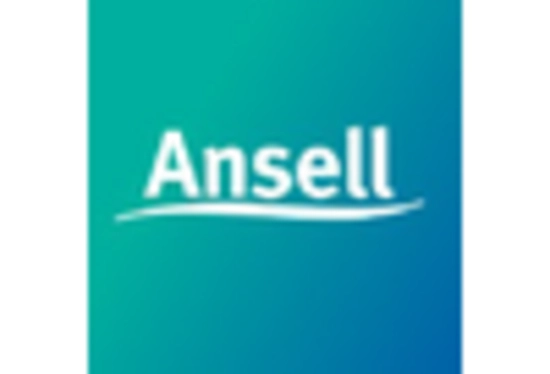
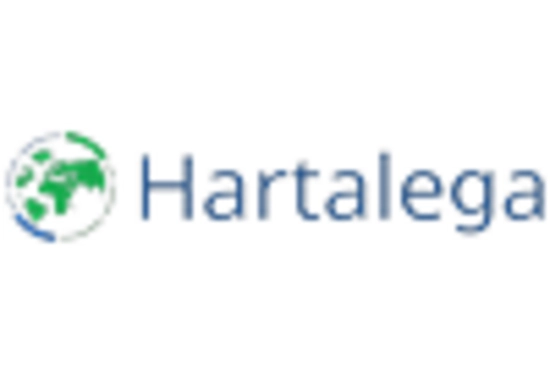
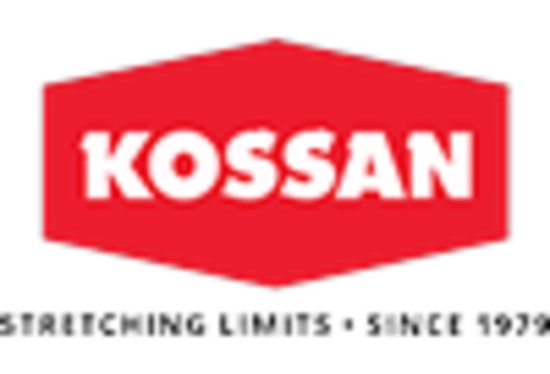
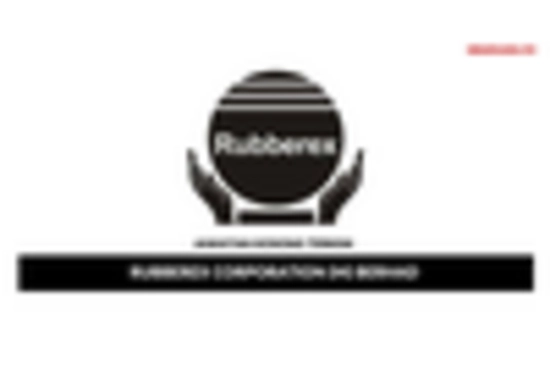
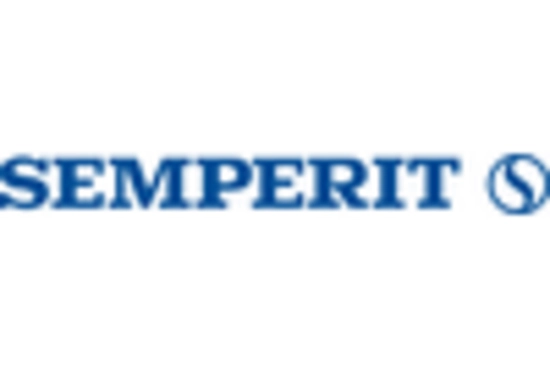
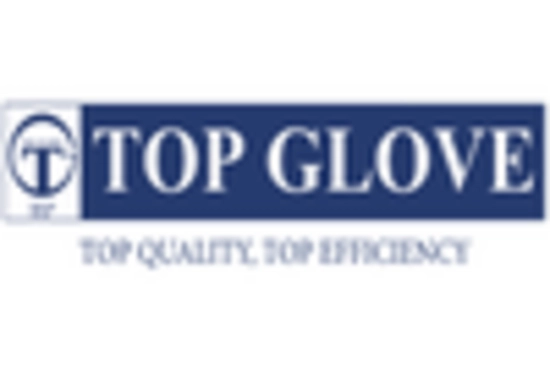








Leave a Comment